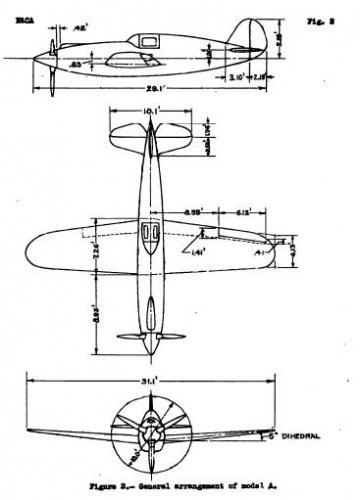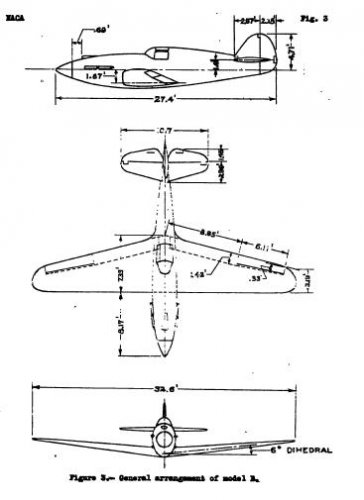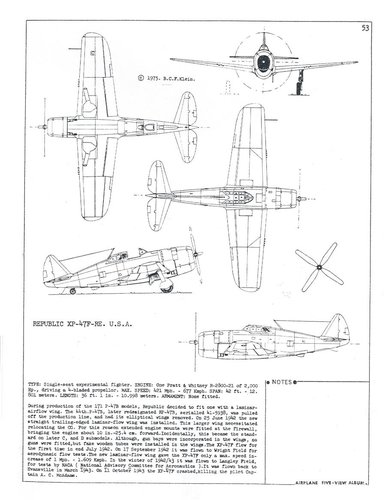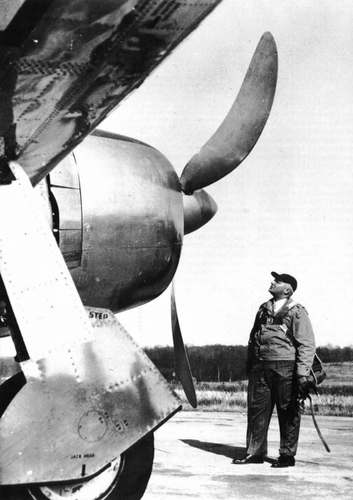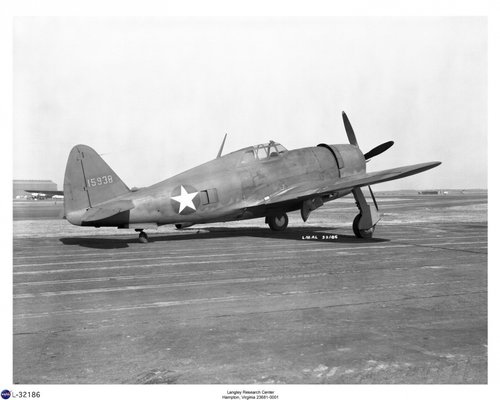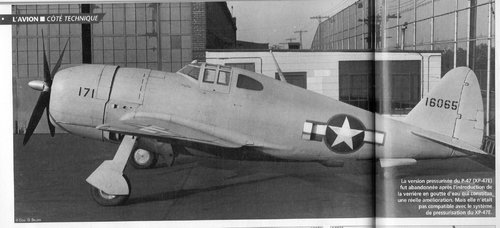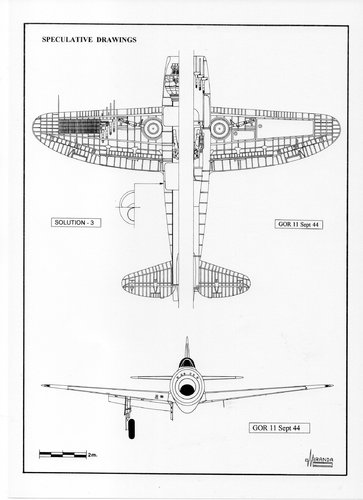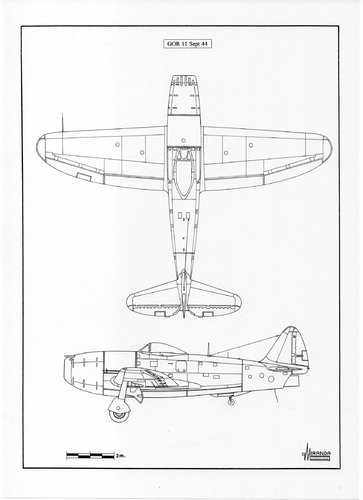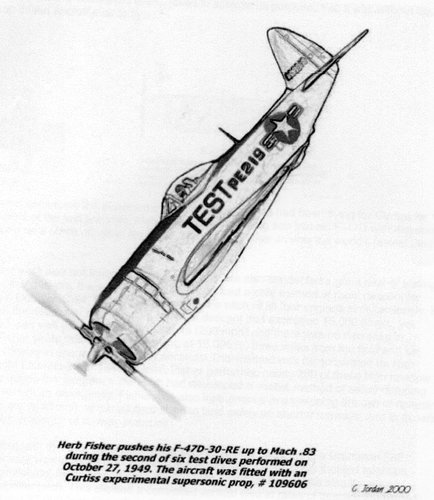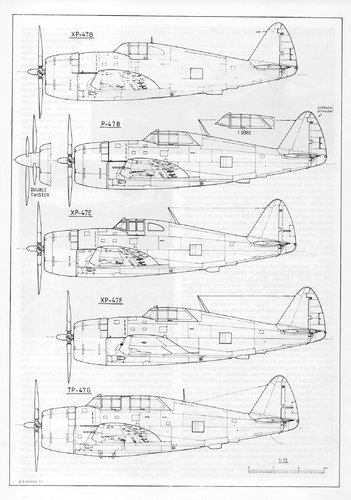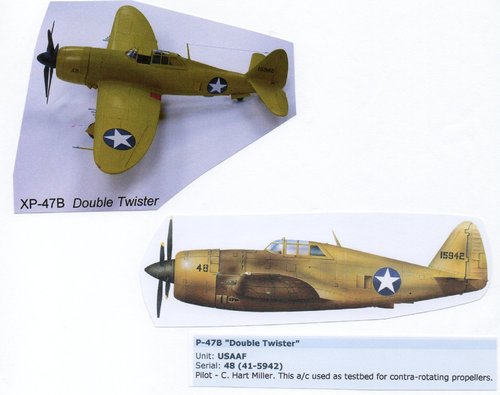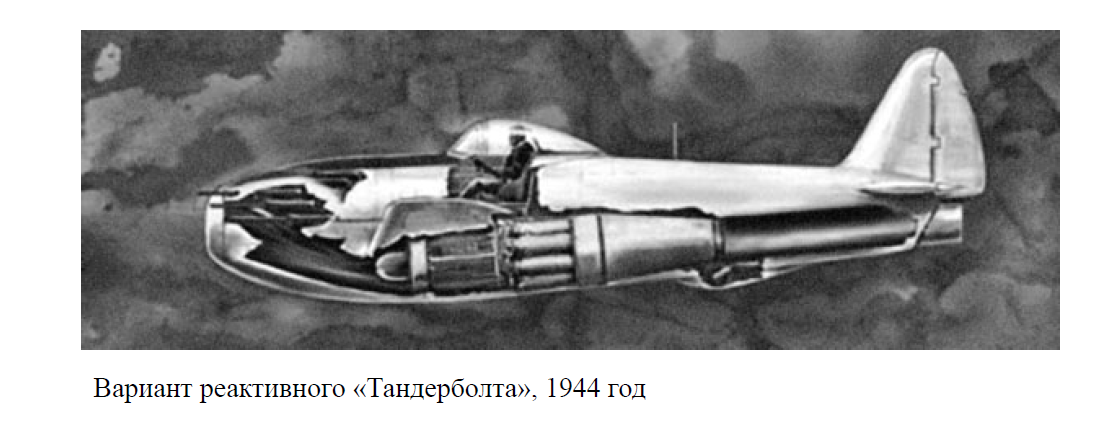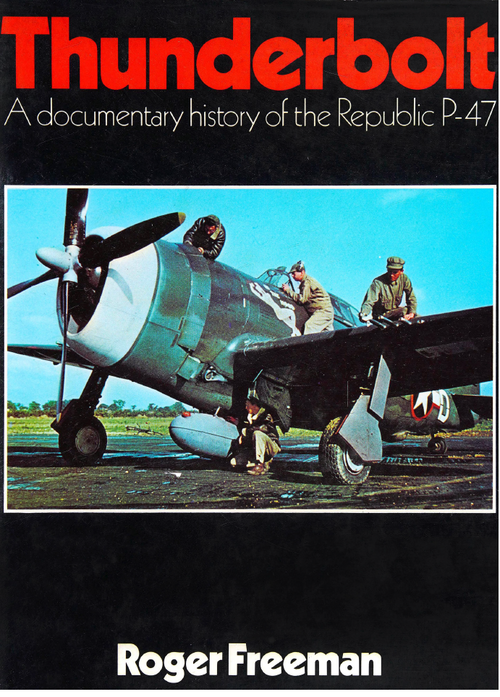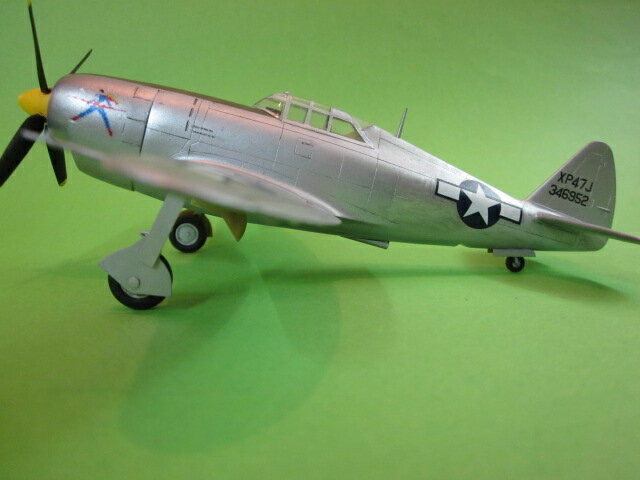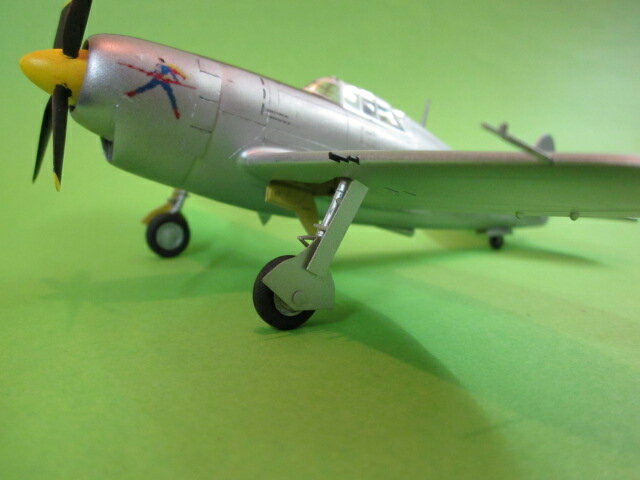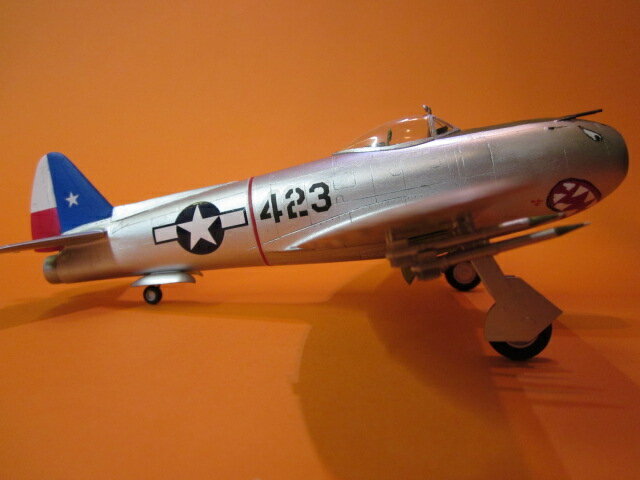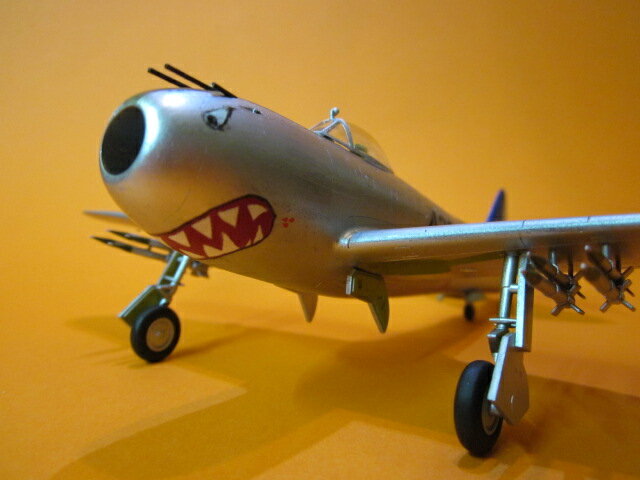In 1939, Republic Aviation designed the AP-4 demonstrator powered by a Pratt & Whitney R-1830 radial engine with a belly-mounted turbocharger. While the resulting P-43 Lancer was in limited production, Republic had been working on an improved P-44 Rocket with a more powerful engine, as well as on a fighter designated the AP-10. The latter was a lightweight aircraft powered by the Allison V-1710 liquid-cooled V-12 engine and armed with eight .50 in (12.7 mm) M2 Browning machine guns. The United States Army Air Corps (USAAC) backed the project and gave it the designation XP-47.
As the war in Europe escalated in spring 1940, Republic and the USAAC concluded that the XP-44 and the XP-47 were inferior to the German fighters. Republic unsuccessfully attempted to improve the design, proposing the XP-47A. Alexander Kartveli subsequently came up with an all-new and much larger fighter which was offered to the USAAC in June 1940. The Air Corps ordered a prototype in September, to be designated the XP-47B. The XP-47A, which had almost nothing in common with the new design, was abandoned.

